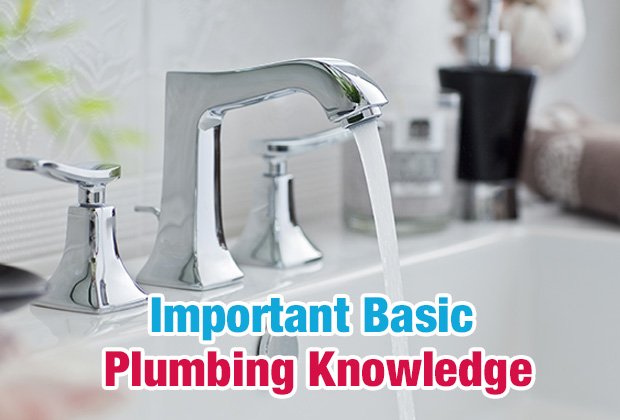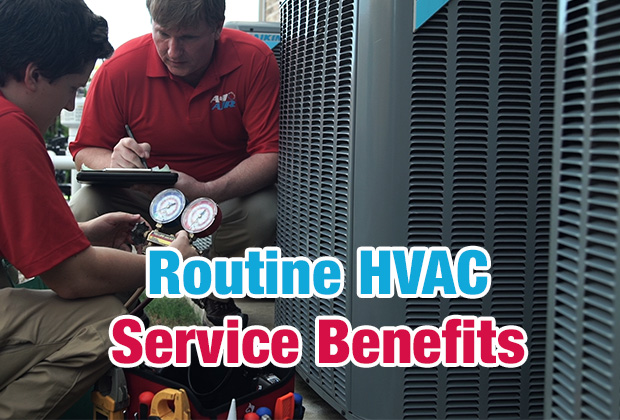You never know when a plumbing issue will pop up, but some basic knowledge of how your plumbing system works can help save you from water damage and spending a lot of money in the long run. The following are some tips for maintaining your home’s plumbing:
Main water shut off valve
First things first, you should know how to turn off your water in case of a sudden plumbing emergency such as a burst water line. The quicker you can shut off your water, the less extensive the water damage will be. Make note of where your main water shut off valve is located. It will be on a pipe near the water meter. Sometimes it will be outside on an exterior wall, in a box underground, inside in your garage/basement, crawl space, near your water heater, or under your kitchen sink.
The quicker you can shut off your water, the less extensive the water damage will be.
Plumbing fixture shut off valve
Sometimes it’s more convenient to just shut off the water where the problem is located. Every sink and toilet in your home should have it's own shut off valve that turns the water off at that fixture. Locate these valves so that you can quickly turn them off if there is a problem. Your plumbing appliances such as your water heater, washing machine, and dishwasher all have their own shut off valves you can use in case of an emergency.
Fixing a running toilet
If your toilet seems to keep running, it is usually caused by the flapper inside the tank failing to close or seal properly. This may lead to a higher water bill and future problems. Turn off the water at the shut off valve located on the pipe behind the bowl. Then check and see if there is a broken or unhooked chain. If it’s not an issue with the chain inside the tank, then check the arm holding it up. You may need to replace the flapper and arm. This is typically an easy and inexpensive DIY fix.
Fixing a clogged toilet
If you are having problems with a clogged toilet, you should always have a plunger on hand. Use the plunger with care, as it can be messy business, and keep old towels on hand in case of an overflow during the plunging process. After plunging the toilet, you should flush to make sure that the line is clear. This process may need to be repeated a few times to make sure that it is fully unclogged.
Clearing a slow or clogged drain
You can buy commercial drain cleaning chemicals at your local department store. This will clear most clogged or slow-running drains. However these chemicals can be a bit harsh on your plumbing. So you can try a more natural approach if there is no standing water in your tub or sink. The most common natural drain de-clogger is to put baking soda, followed by vinegar and then boiling water again down the drain. This may help loosen and melt away the built-up gunk.
Fixing a leaky faucet
If you have a leaky or squeaky faucet, you might have an issue with an old broken washer. This is a simple, inexpensive part you can purchase from your local hardware store. Although this is a common issue and fix, it isn’t always the problem and you may have to install a new faucet if the problem persists.
Keep your drains clean
Be careful what you put down your drains. Remember to clean out hair and soap scum periodically from bathroom sinks, showers, and bathtub drains. Don’t put grease or food down the kitchen sink, and never put anything down the toilet except for tissue and human waste. This will help keep your drains clean and free from unnecessary buildup of gunk.
These simple plumbing tips will help keep most plumbing system issues at bay. However, if you do have plumbing issues don’t hesitate to contact A#1 Air for all your plumbing needs.






